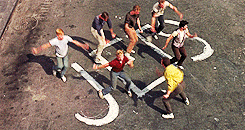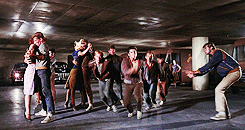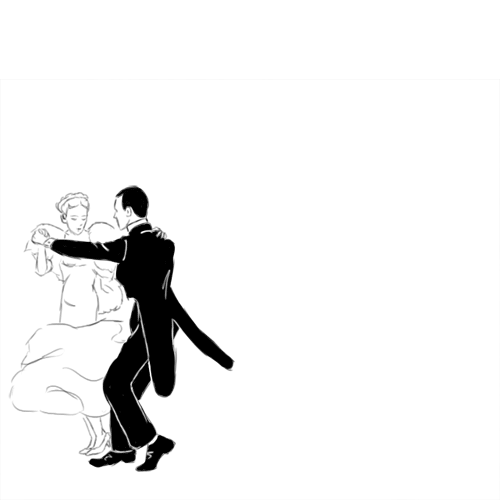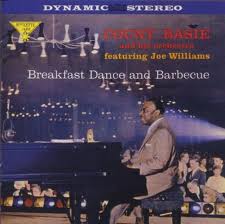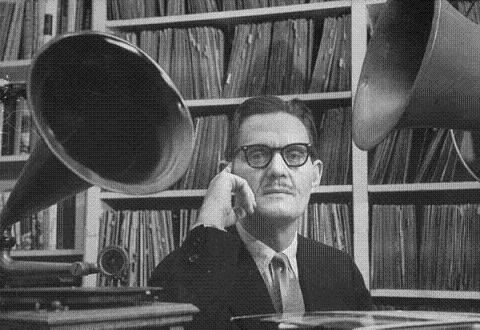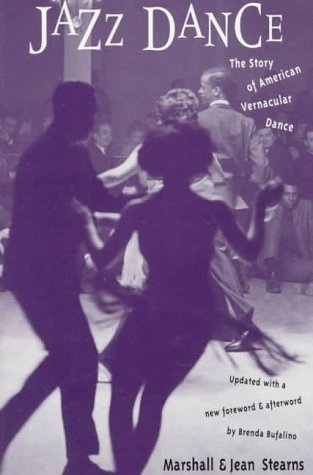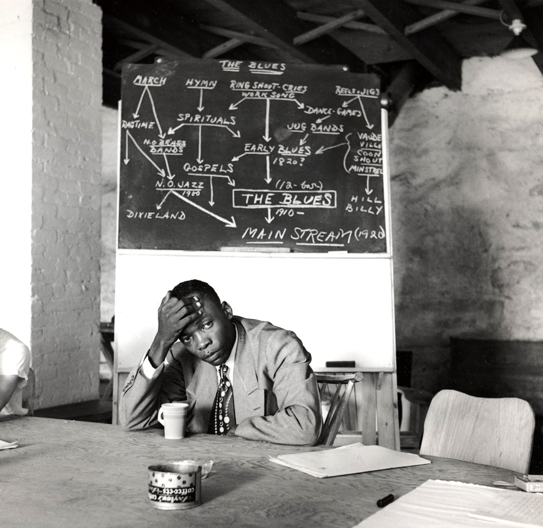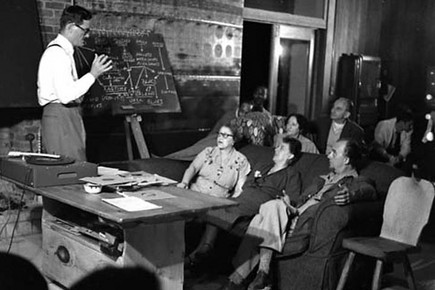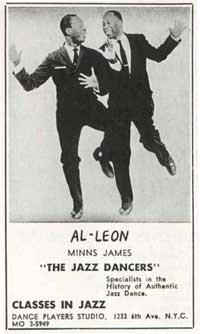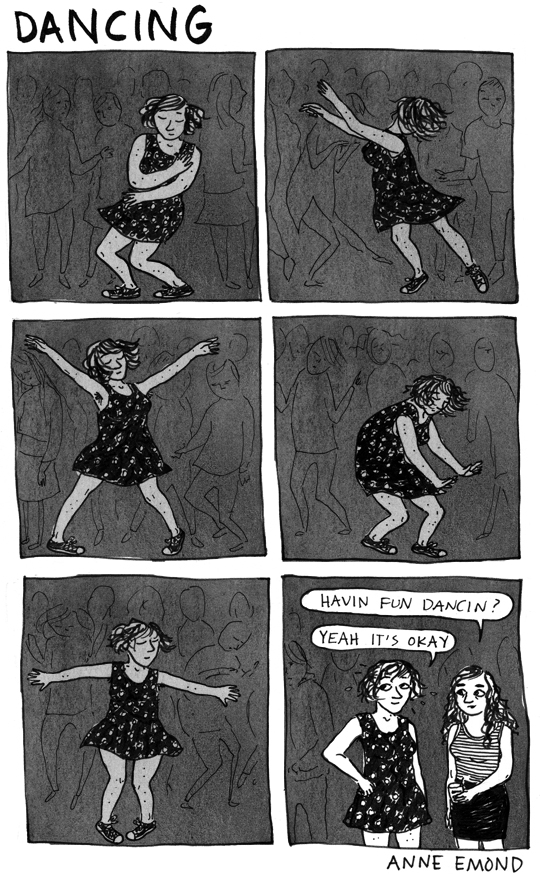This is where my attention is right now:
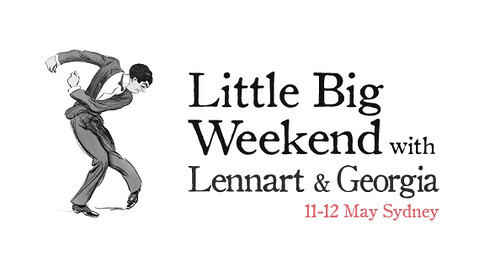
The (3rd) Little Big Weekend, featuring Lennart Westerlund and Georgia Brooks, 11-12 May 2013, here in Sydney.
The website: www.littlebigweekend.com/ is now active;
There’s a twitter account to follow: @littlebigwkend;
And a facebook event.
I run two Little Big Weekends per year, and I think they’re great. They’re basically smaller workshop-focussed weekends, tailored specifically to my local dance scene. But we do attract interstaters as well, which is nice.
There’s only one day of general admission workshops, and the workshops start at midday. There’s only one day of classes, because local peeps don’t want to spend their entire weekend at workshops – they’re usually busy people with full time jobs who have other things they need to do on the weekend. But the workshop content is quite unique (we don’t just do random ‘intro to charleston’ or ‘lindy hop blahblah’ – we do 1920s eccentric solo dance, or ‘blues dancing that’s dynamic and interesting’). I hunt down teachers who have mad teaching skills and are also great dancers and (most importantly) are approachable, friendly, nice people. Because life is too short to deal with pain in the arse, drama queen teachers. I’m also very interested in mixed-level classes, especially solo dance classes, because they’re good for the local community.
There’s only one big dance and one major late night party, because local dancers are busy and can’t really trash themselves hardcore all that regularly. The major dance is in a big town hall, and will feature a really great band. The late night party is the best late night party. The band is truly fabulous, there’s free cake (and not just random cake – really good, high quality, fancy cake), there’re usually two rooms of music and a chill out room, and it’s a community-run, non-profit event. This time the weekend happens to fall on the same weekend as a fortnightly DJed dance, so that’s on the Friday as well. And this time, because we are hosting Lennart Westerlund, I’ve added a film-talk-Q&A event to the program. That’s on the Sunday, and it’ll be a bit more chillaxed. The venue does good food and drink, there’s non-dancing stuff to do there (lawn bowls, etc), and it’s a friendly, community-run venue (NOT a Clubs Australia venue). The film/Q&A will be followed by DJed social dancing.
And, finally, there’s another teachers’ workshop on the Sunday. This is an afternoon session with limited numbers, restricted to people who are currently teaching regularly. These workshops have two parts: a general skills tidy-up for teachers (looking specifically at dance skills for teachers); and a teaching-skills and practical tips session. Because Lennart tells me he teaches ‘old school Harlem style’, I want him to talk about this in that session, and to explain how this is different to other types of teaching. And I want him to explain how he fits history into his classes, in a practical way.
I find these teachers’ workshops really interesting and stimulating. The small class size is just fantastic, and working and talking with other teachers is so inspiring and stimulating. These aren’t ‘be a better teacher’ sessions, so much as ‘come and think about and work on teaching practices with us’ sessions. The sessions emphasise participants’ asking questions and bringing challenges or things to work on, where they can workshop them with other teachers and draw on the experience of the visiting teacher. And then the best bit is that we then get to go to the Film/Q&A gig and talk about these ideas.
Having run larger events which explicitly target inter-staters – a national and international audience – running locally-focussed gigs is really nice. I don’t need to do aggressive interstate promotions, hassling people in other cities and competing with other high profile events. I can aim for a smaller group of people, which makes for much better learning experiences (good student:teacher ratios = good learning), and I can canvass local people to find out what they want to learn, and then plan the weekend to suit their interests. Financially speaking, the risk is much lower, but the profit percentage stays the same, which is nice. Running two per year means there are two opportunities to earn profit, but there’s less risk of a massive loss. Because I’m not trying to make a weekend event feel like good value for money for a traveler, I don’t have to run my local volunteers ragged putting on three million events in one weekend. I can just run a couple of good parties. And it also means that I can look at really unusual or interesting class content. I don’t have to try to appeal to a huge, general audience. I can be very specific.
The littler program means that I can run two of these per year. It’s not as draining a a mega event, where you run on too little sleep and too much work for too long. Running two per year means that promotion works in a slightly different way as well. The event stays closer to the front of punters’ minds, and if they miss one, they know the next one is just six (or so) months away, so it’s not a huge drama to plan for that.
So, all up, it’s a good thing. And I enjoy working on these events quite a lot. They don’t leave me with that burnt-out, exhausted and creatively wrung-dry feeling that a huge event does. And because I’m deliberately thinking small, there’s not the pressure to be a huge success. Having said that, because I have had experience with larger events, I can draw on that to make these smaller ones very high quality. They’re not dodgy small and amateurish events. The local managers and volunteers are highly skilled people – they are capable, professional and a joy to work with. And Sydney is a big, cosmopolitan city, so we have very good resources to draw on – good venues, great bands, lots of options for sound and lighting engineers, great restaurants and bars. As a fairly diverse, long-running lindy hop community (the oldest in the country) with lots of dancers who travel overseas, we also have a fairly discerning audience-base, so we need to run events that are fairly decent. So you’re not getting rubbishy DJs in crappy dance studios. You’re getting fucking hot bands in great dance studios :D
…and that’s partly why I haven’t been writing here much lately. The part of my brain that does critical thinking about dance is otherwise engaged.
FYI If you’re interested in the Little Big Weekend, we are running a fourth event in December this year. I have no idea who’ll be teaching, but we have a very good band lined up to do a series of gigs, so the parties will be good :D
It’s 7th-8th December, the weekend after MLX, which is 28 Nov-1 Dec. So if you’re thinking of a trip to Australia, it’s cool to combine the two events. MLX is the biggest event in the country, and Melbourne is a great tourist city. Then the LBW the weekend after is in Sydney, which is the biggest city in the country. Last December we had quite a few internationals travel up from MLX to the LBW.

